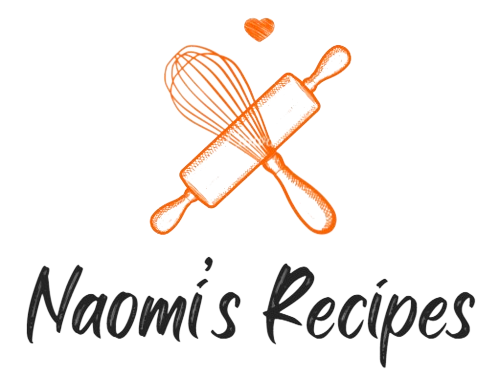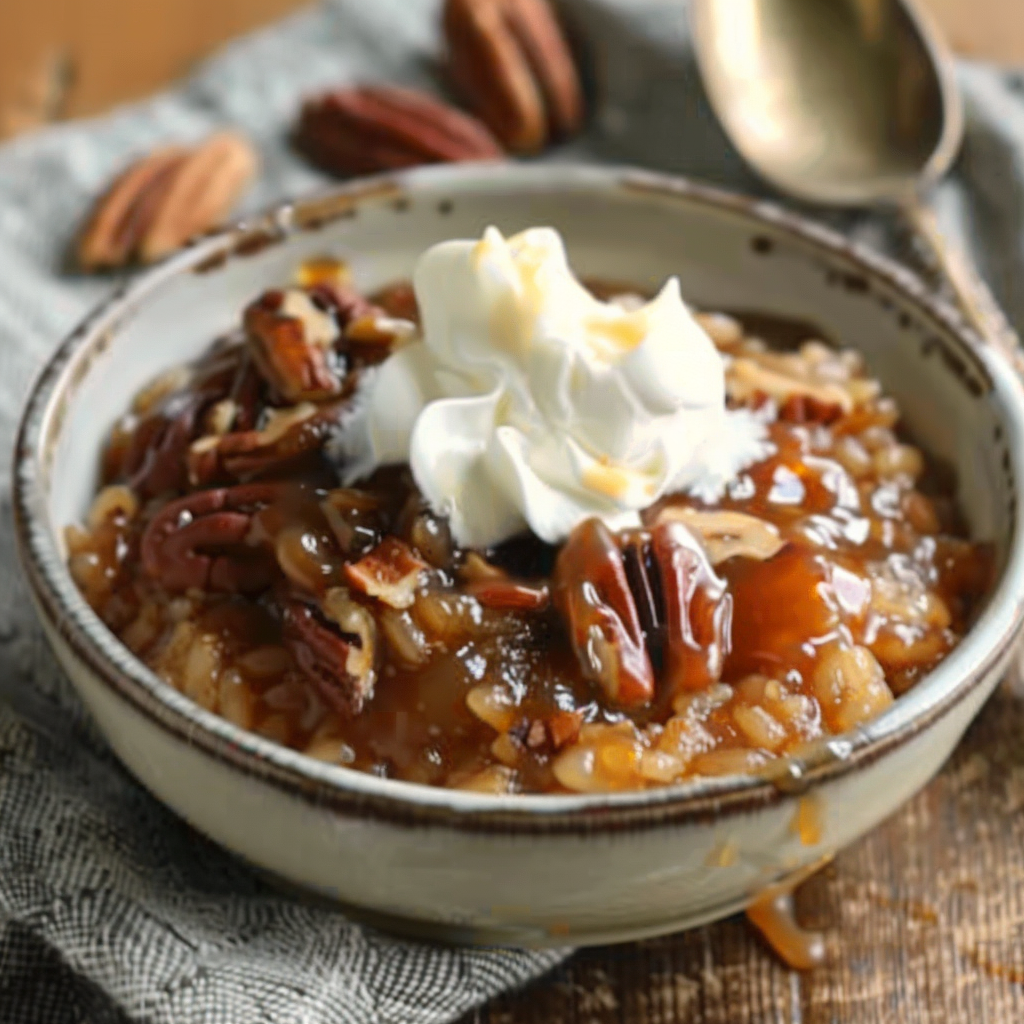Patty pan squash is a delightful vegetable that often captures attention due to its unique appearance. Shaped like a flying saucer or scalloped disc, this summer squash comes in vibrant shades of yellow, green, and white. Its small, compact size and slightly nutty flavor make it a versatile ingredient in the kitchen, perfect for various dishes, from salads to sautés. Whether left whole, halved, or cut into wedges, patty pan squash can be prepared in many ways that highlight its firm texture and delicate taste.
This simple recipe for sautéed patty pan squash makes the most of this quirky vegetable with minimal ingredients, bringing out its natural flavor. With just olive oil, garlic, fresh herbs, and a touch of salt and pepper, the squash turns golden and tender, with a subtle hint of aromatics. The addition of Parmesan cheese at the end adds an optional savory finish. The recipe is quick, easy, and perfect for summer meals.
Patty pan squash is also a fantastic choice for seasonal cooking because it’s available in abundance during the warmer months. Its mild flavor and adaptability make it an excellent companion to a wide variety of herbs, spices, and other vegetables, allowing for endless creative possibilities.
What is Patty Pan Squash?
Patty pan squash, also known as scallop squash or sunburst squash, is a type of summer squash notable for its distinct, flat shape and scalloped edges. Unlike other squashes, its round, disk-like appearance often resembles a small flying saucer, making it a visually appealing addition to any dish. This squash is typically harvested while still immature, which contributes to its tender flesh and edible skin.
Patty pan squash comes in several color varieties, including bright yellow, deep green, and creamy white. Each color has a similar flavor profile—mild, slightly sweet, and nutty—but can add a striking visual contrast when mixed in a dish. Smaller squashes are often more tender and have a buttery texture when cooked, making them ideal for sautés, roasting, or even grilling. With its wide availability during summer, patty pan squash is a fresh, vibrant ingredient perfect for warm-weather cooking.
Nutritional Benefits of Patty Pan Squash
Patty pan squash is not only visually appealing and delicious but also offers an impressive array of nutritional benefits. Like many other summer squashes, it is low in calories and rich in vitamins and minerals. A single serving provides a significant amount of Vitamin C, an essential nutrient that boosts the immune system and supports skin health. It also contains Vitamin A, which is beneficial for eye health and supports the immune system.
One of the key nutritional advantages of patty pan squash is its high fiber content. Fiber is essential for digestive health, helping to regulate the digestive system and promote satiety, making patty pan squash an excellent choice for those looking to maintain or lose weight. The fiber content also aids in stabilizing blood sugar levels, making it a suitable food option for people managing diabetes.
Additionally, patty pan squash is packed with antioxidants, which can help protect the body against free radicals and reduce inflammation. This low-carb, nutrient-dense vegetable is a fantastic choice for anyone seeking to incorporate more vegetables into their diet. It’s particularly beneficial for vegetarians, vegans, and those looking for plant-based meal options that deliver both flavor and nutrition.
Ingredient Overview and Importance
This simple patty pan squash recipe uses a handful of essential ingredients that each play an important role in achieving the desired flavor and texture.
- Patty Pan Squash: The star of the recipe, patty pan squash offers a mild, slightly sweet, and nutty flavor. When sautéed, its flesh becomes tender while maintaining a slight bite. Selecting the freshest squash is key—look for squash that is firm, blemish-free, and feels heavy for its size.
- Olive Oil: Olive oil serves two purposes in this recipe—it provides a medium for sautéing the squash and adds a subtle, fruity richness to the dish. The olive oil also helps the squash develop a beautiful golden brown color as it cooks.
- Garlic: Minced garlic adds a pungent, aromatic depth to the dish, enhancing the flavor of the squash. It’s important to add the garlic towards the end of cooking to prevent it from burning and becoming bitter.
- Salt and Pepper: These essential seasonings bring out the natural flavors of the squash, balancing its sweetness with a savory touch. Adjust the amount based on personal preference, but a generous pinch is usually sufficient.
- Fresh Herbs (Thyme or Parsley): Fresh herbs introduce a burst of freshness and complement the earthy flavor of the squash. Thyme adds a subtle woodsy note, while parsley brightens the dish with a hint of bitterness.
- Parmesan Cheese (Optional): The Parmesan cheese, while optional, provides a salty, savory finish that elevates the dish. It adds a layer of umami that pairs beautifully with the garlic and herbs. For a vegan alternative, nutritional yeast can be used to mimic the cheesy flavor.
For dietary substitutions, olive oil can be replaced with coconut oil or avocado oil, and Parmesan can be swapped for vegan cheese or left out entirely.
Step-by-Step Cooking Instructions
Step 1: Washing and trimming the patty pan squash
- Start by thoroughly washing the squash under cold running water to remove any dirt or debris. Trim off the stem and the bottom part of the squash.
- Depending on the size of the squash, you can either leave them whole, halve them, or cut them into wedges. Smaller squashes are best left whole for a more aesthetic presentation, while larger squashes are easier to cook evenly when cut into wedges.
Step 2: Seasoning the squash
- Place the cut squash in a large bowl. Drizzle with 1 tablespoon of olive oil and toss to coat evenly. Add the minced garlic, salt, and pepper, and mix until all pieces of squash are well-seasoned.
- Seasoning the squash before cooking helps ensure that the flavor is absorbed throughout the vegetable as it cooks.
Step 3: Heating the olive oil
- Heat the remaining tablespoon of olive oil in a large skillet over medium-high heat. The oil is ready when it begins to shimmer, but it should not be smoking.
- Make sure the pan is large enough to allow the squash to be arranged in a single layer, which is important for even browning.

Step 4: Sautéing the patty pan squash
- Add the seasoned squash to the hot skillet in a single layer. Sauté for about 4-5 minutes on each side, or until the squash is golden brown and tender. Avoid overcrowding the pan, as this will result in steaming rather than browning.
- Keep the heat moderate, as too high a temperature can burn the exterior while leaving the interior undercooked.
Step 5: Adding garlic and herbs
- During the last minute of cooking, add the remaining minced garlic and fresh herbs to the pan. Stir gently to combine and let the flavors meld together. Be cautious with the garlic to avoid burning, which can create a bitter taste.
Step 6: Garnishing and serving
- Once the squash is cooked through, transfer it to a serving dish. For an optional finishing touch, sprinkle the sautéed squash with grated Parmesan cheese, which will melt slightly from the residual heat. Garnish with additional fresh herbs for color and flavor.
- Serve immediately, either as a standalone dish or as a side to complement a main course.
Cooking Tips and Variations
This recipe offers numerous variations and can be easily adapted to suit different preferences or cooking methods.
Alternative Cooking Methods:
- Grilling: Slice the patty pan squash in half and brush with olive oil. Grill for 4-5 minutes on each side until tender and lightly charred.
- Roasting: Arrange the seasoned squash on a baking sheet and roast at 400°F for 20-25 minutes, turning halfway through, until golden and tender.
- Steaming: For a lighter preparation, steam the squash for about 5-7 minutes until just tender, and then toss with olive oil and fresh herbs.
Ways to Experiment:
- Add additional vegetables, such as cherry tomatoes or bell peppers, to create a more colorful and nutrient-dense dish.
- Adjust the seasoning by incorporating red pepper flakes for heat, or a squeeze of lemon juice for brightness.
- Experiment with different cheeses. Feta or goat cheese can offer a tangy contrast to the sweetness of the squash.
Pairing Suggestions:
- Serve this dish alongside proteins like grilled chicken, fish, or tofu for a balanced meal.
- It also pairs well with grains such as quinoa, rice, or couscous, adding texture and substance to a light summer meal.
Common Mistakes to Avoid When Cooking Patty Pan Squash
When cooking patty pan squash, there are a few common mistakes that can impact the final result. By avoiding these pitfalls, you can ensure perfectly cooked, flavorful squash every time.
Overcrowding the pan: One of the biggest mistakes is overcrowding the pan. When squash pieces are piled on top of each other, they steam rather than brown, which prevents them from achieving that desired golden color and crisp exterior. To avoid this, cook in batches if necessary, ensuring each piece has enough room in the pan.
Overcooking: Patty pan squash can become mushy if cooked for too long. To maintain its texture, sauté it for 4-5 minutes per side, just until it’s tender but still has a slight bite. Overcooking will cause it to lose its firmness and become unappetizingly soft.
Skipping pre-seasoning: Seasoning the squash before cooking is crucial to enhancing its flavor. By tossing the squash in olive oil, salt, and pepper ahead of time, you ensure that the seasonings penetrate the vegetable, rather than just sitting on the surface.
Using too much oil: While oil is essential for browning, too much can leave the squash greasy. Stick to the recommended amount (2 tablespoons), which is enough to coat the squash and cook it evenly without overwhelming its flavor or texture.
Storage and Reheating Tips
To store cooked patty pan squash, let it cool completely before transferring it to an airtight container. Refrigerated, it will stay fresh for up to 3 days. For best results, store the squash in a shallow container to avoid squishing the pieces, which can lead to a soggy texture.
When reheating, use a skillet over medium heat to warm the squash through while preserving its texture. Avoid microwaving, as this can make the squash mushy. If necessary, add a splash of olive oil to the skillet to refresh the squash as it warms.
If you don’t plan to eat the cooked squash within a few days, freezing is an option, although the texture may change slightly. To freeze, spread the cooled squash on a baking sheet and freeze it in a single layer before transferring it to a freezer-safe bag or container.
Serving Suggestions and Pairings
Patty pan squash is a versatile side dish that pairs well with a variety of proteins and grains. For a balanced meal, serve it alongside grilled chicken, fish, or tofu. The mild, slightly nutty flavor of the squash complements the savory richness of these proteins without overpowering them.
This squash also makes an excellent accompaniment to grains such as quinoa, rice, or couscous. The combination of tender squash with the hearty texture of grains creates a satisfying dish.
Another idea is to use sautéed patty pan squash as a base for a light, summer-inspired salad. Toss the warm squash with leafy greens, a sprinkle of nuts, and a drizzle of vinaigrette for a refreshing, healthy meal. Its mild flavor makes it a perfect ingredient in a variety of dishes, enhancing both the taste and the presentation of your meal.
Frequently Asked Questions (FAQs)
What is the best way to prepare patty pan squash?
The best way to prepare patty pan squash is to sauté it in olive oil with garlic, herbs, and seasonings. This method allows the squash to brown and develop a rich flavor while maintaining its tender texture. Grilling or roasting are also excellent alternatives.
Can I eat the skin of patty pan squash?
Yes, the skin of patty pan squash is completely edible and adds a nice texture to the dish. It becomes tender when cooked, so there’s no need to peel the squash before cooking.
What herbs go well with patty pan squash?
Fresh herbs like thyme, parsley, basil, and oregano pair wonderfully with patty pan squash. These herbs enhance its mild flavor without overwhelming the dish.
How can I make this recipe vegan?
To make this recipe vegan, simply omit the Parmesan cheese or replace it with a vegan alternative, such as nutritional yeast, which provides a similar savory, cheesy flavor.
How long can I store raw patty pan squash?
Raw patty pan squash can be stored in the refrigerator for up to a week. Keep it in a cool, dry place within the fridge, ideally in the crisper drawer.
Can I freeze patty pan squash after cooking?
Yes, you can freeze cooked patty pan squash, although the texture may become slightly softer. To freeze, let the squash cool, then freeze in a single layer before storing in an airtight container.
Conclusion
This easy patty pan squash recipe highlights the natural flavor of this versatile summer vegetable with minimal effort. In just a few simple steps, you can create a delicious side dish that’s both healthy and full of fresh, seasonal flavor. The combination of sautéed squash with olive oil, garlic, herbs, and a sprinkle of Parmesan cheese (if desired) results in a flavorful dish that pairs well with a variety of main courses.
Experiment with different variations, such as grilling or roasting the squash, or adding your favorite vegetables and seasonings to make the dish your own. Patty pan squash’s mild flavor makes it the perfect canvas for creativity in the kitchen, whether you’re serving it as a simple side or incorporating it into a larger meal.
Try this recipe with fresh, in-season squash, and enjoy the easy-to-follow process that yields a delicious, nutrient-packed result.
Print
Patty Pan Squash
Description
This sautéed patty pan squash recipe is a simple yet flavorful way to enjoy this unique summer squash. With just a few basic ingredients, including olive oil, garlic, and fresh herbs, the patty pan squash turns golden and tender in just minutes. A sprinkle of Parmesan cheese adds an optional savory finish, perfect for a quick, healthy side dish. Whether you’re serving it alongside grilled proteins, incorporating it into a grain bowl, or enjoying it on its own, this recipe highlights the subtle sweetness and nuttiness of patty pan squash.
Ingredients
- 4 patty pan squash, washed, trimmed, and cut into desired size (whole or wedges)
- 2 tbsp olive oil, divided
- 2 cloves garlic, minced
- Salt to taste
- Pepper to taste
- 2 tbsp fresh herbs, such as thyme or parsley, chopped
- 2 tbsp grated Parmesan cheese (optional)
Instructions
- Prepare the squash: Wash and trim the patty pan squash. Depending on the size, either leave them whole or cut them into wedges. Place them in a bowl, drizzle with 1 tablespoon of olive oil, and toss with minced garlic, salt, and pepper until evenly coated.
- Heat the oil: In a large skillet, heat the remaining 1 tablespoon of olive oil over medium-high heat until it shimmers.
- Sauté the squash: Add the seasoned patty pan squash to the skillet in a single layer. Sauté for 4-5 minutes on each side, or until the squash is golden brown and tender. Avoid overcrowding the pan to ensure even cooking.
- Add garlic and herbs: During the last minute of cooking, add the remaining minced garlic and fresh herbs. Stir gently to combine, letting the flavors meld together without burning the garlic.
- Garnish and serve: Transfer the cooked squash to a serving dish. If using, sprinkle with grated Parmesan cheese and garnish with extra fresh herbs. Serve immediately.
Notes
- Choosing the Squash: Select small to medium patty pan squash for this recipe, as they tend to be more tender and flavorful. Larger squash may have a tougher texture and more seeds, which can impact the final dish.
- Cooking Tip: Make sure not to overcrowd the pan, as this will steam the squash instead of giving it a crispy, golden exterior. If needed, sauté the squash in batches.
- Dietary Variations: To make this recipe vegan, omit the Parmesan cheese or substitute it with a vegan alternative like nutritional yeast for a cheesy flavor without dairy.
- Serving Suggestions: This dish pairs well with grilled chicken, fish, tofu, or any grain-based dish like quinoa or couscous. It’s also a great addition to salads or as a topping for pasta.









